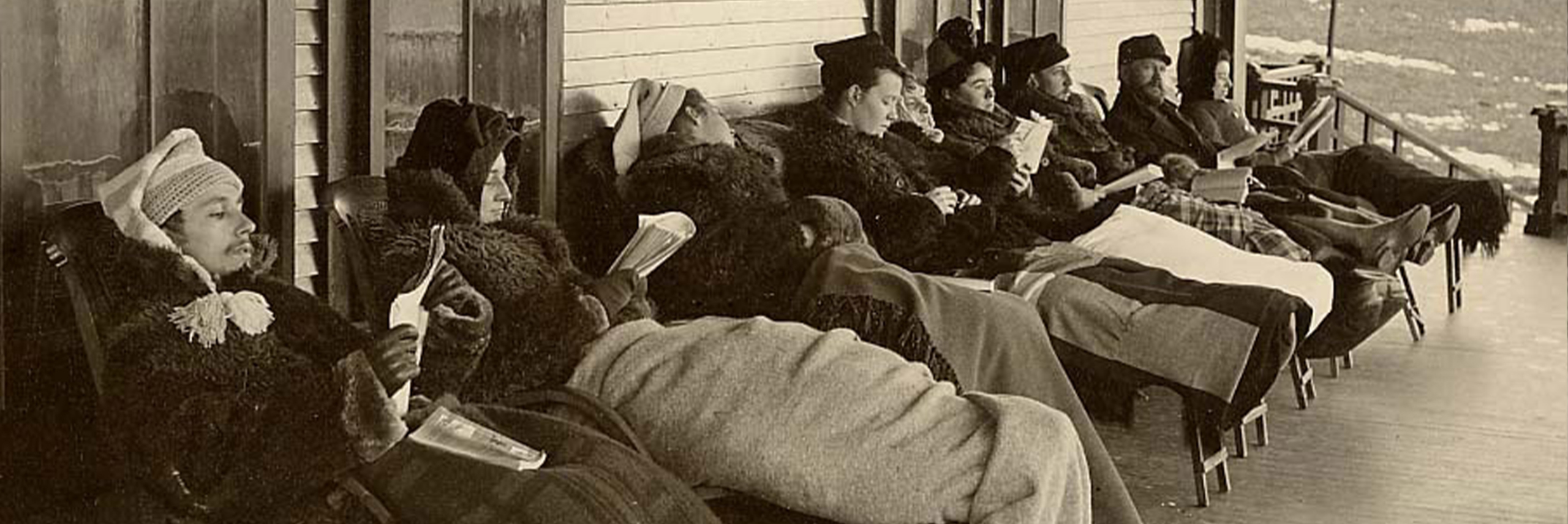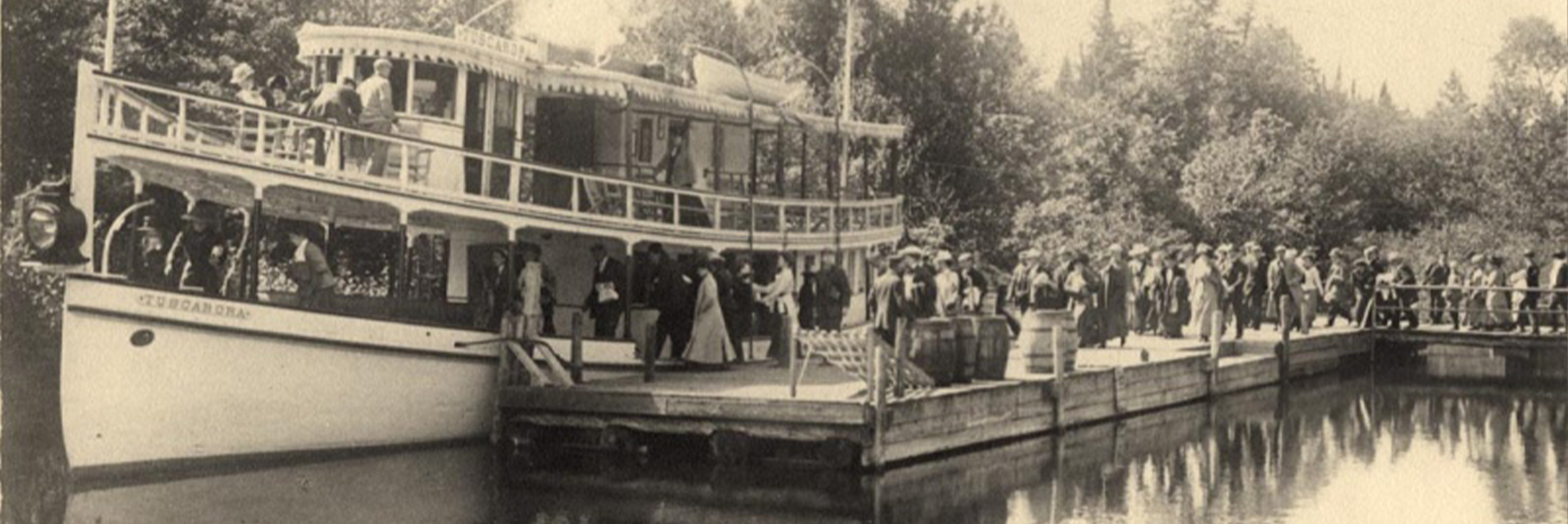Timbuctoo: African American History in the Adirondacks
The Adirondack Mountains have a rich history with astonishing ties to major national events. It may be a surprise to some that the wilderness of the Adirondacks played an important role in the Underground Railroad, and for a period was home to the famous John Brown. Even more interestingly, the small town of North Elba, New York was the site of an experimental free black settlement established through the philanthropy of Gerrit Smith, a well-known abolitionist.
Timbuctoo
The settlement, which John Brown referred to as Timbuctoo, was Gerrit Smith’s response to the New York legislature’s reinstatement of a twenty-one-year-old law denying black men the right to vote unless they owned $250 in land or a home. In the fall of 1846 Smith announced his settlement plan that would endow three thousand grantees with plots of forty acres of land in the Adirondacks. While this untouched land was not worth $250, Smith believed with cultivation it could achieve that value, and in turn provide black men with a means to vote.
The majority of those endowed with land were literate city folk, completely new to farming. Many of these settlers had been cooks, coachmen, or barbers, but had never been farmers. The lack of experience made the difficult land of the Adirondacks all the more challenging for these families. Very few of those endowed with land were actually able to stay and carve out a life on their plot. Census reports from 1850-1870 show that there were only thirteen black families listed in North Elba and by 1871 that number dropped to two. The Lyman Epps family was the only one that remained in North Elba permanently. The last remaining member, Lyman Epps Jr, passed away in 1942.
One factor contributing to the low numbers of grantees settling the land was that relatively few were even able to make the move to North Elba. Although the land they were granted was free, resources to move and cultivate the land were not readily available. While there were those that made the move, many found life in the settlement too difficult and moved out. The few families that settled the area did so through grueling labor and were able to clear and cultivate the land, ensuring their right to vote. Unfortunately, while Smith’s land grant was revolutionary, it was not able to succeed.
John Brown
The members of the North Elba colony benefited from their famous neighbor John Brown. After speaking with Gerrit Smith, Brown purchased land adjacent to Timbuctoo in order to teach the new residents how to productively farm their land. As most settlers were from urban backgrounds, they had to learn how to clear and effectively cultivate the challenging land of the Adirondacks.
Brown moved his entire family to North Elba in 1849. However, business interests and his abolitionist work frequently kept him away from the farm. His family stayed on the land and with the help of Lyman Epps built a farmhouse.
John Brown is well known for his militant abolitionist work, most famously the raid on the federal arsenal at Harper’s Ferry in 1859. He was also a leader of an antislavery guerilla group that led attacks on pro-slavery towns, and a “conductor” on the Underground Railroad.
Brown was convicted of treason for his involvement in the raid on Harper’s Ferry and was hanged on December 2, 1859 in Virginia. His body was then returned to his families’ farm in North Elba, where he was buried in front of his home. In 1899, the remains of several of those who fought and died at Harper’s Ferry were moved and buried alongside their leader in North Elba. Brown’s farm and grave are now a New York State Historic Site attracting thousands of visitors every year.
Gerrit Smith
While Gerrit Smith is most identified with the movement to abolish slavery, he was also a passionate reformer supporting causes such as; prison, land, and national dress reform, vegetarianism, Irish independence, and woman’s suffrage. Smith was a pacifist, believing in opposition to slavery only through peaceful means. However, there is evidence that Smith provided support for John Brown’s raid on Harper’s Ferry.
Many of the Underground Railroad stations in New York State were located on land owned by Gerrit Smith. Gerrit Smith’s land grant scheme, Timbuctoo was emblematic of his agrarian beliefs. While it was an inherently flawed project, the experimental community in North Elba was a progressive vision to confront the racial injustices of state policy.
Photo Above: A view in the township of North Elba in Essex County, the location of the vanished Black community of Timbuctoo. The photograph, taken by Seneca Ray Stoddard, captures the McIntyre Mountains and Indian Pass looking south from North Elba, circa 1875.








